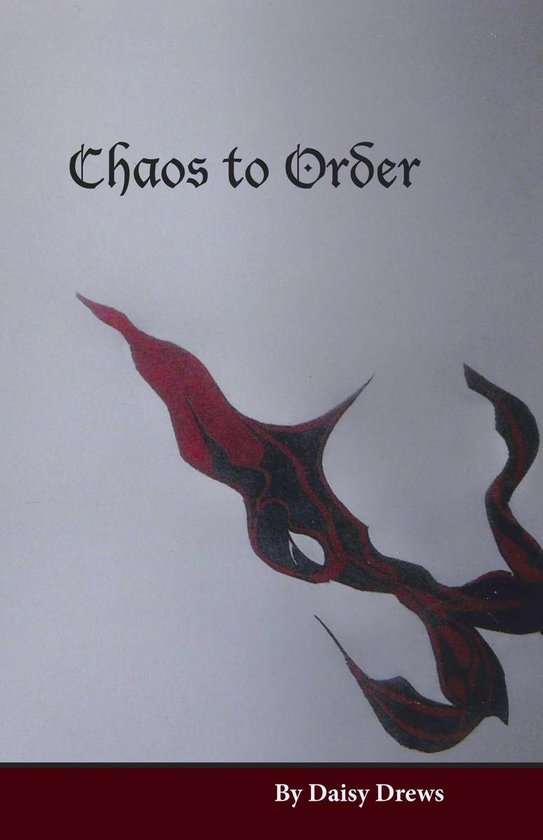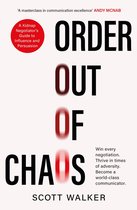Chaos to Order Ebook Tooltip Ebooks kunnen worden gelezen op uw computer en op daarvoor geschikte e-readers.
Afbeeldingen
Artikel vergelijken
- Engels
- E-book
- 9781483587240
- 29 november 2016
- Adobe ePub
Samenvatting
Chaos to Order deals with political, economic, religious, social, scientific, and artistic changes of the 17th c. Politically, it compares and contrasts the growth of absolutism under Louis XIV in France, the Tokugawa in Japan, the Qing in China, the Habsburgs in Austria and the Holy Roman Empire, and the Puritans in Massachusetts Bay Colony. It also deals with repeated attempts in England to establish a more democratic government through the execution of Charles I when he fails to abide by the Petition of Right, the establishment of a republic under Cromwell which fails, the restoration of the Stuarts with both the assurances and assumptions that they would not be foolish enough not to comply to Parliaments demands, to the overthrow of James II and acceptance of William and Mary based upon their agreement to abide by the Declaration of Rights. Certain American colonies are also highlighted as being democratic such as Pennsylvania and South Carolina, at least in terms of white colonial men. Economic factors are included in terms of the growth and effect of international trade and the concept of mercantilism, as well as the wars caused by the desire to control such trade. The expansion of the slave economy in North America, and how economic relations with the settlers negatively affected the Native Americans is also highlighted. Religion continues to be a major issue as the Roman Catholic Church tries to regain its former power through the Counter-Reformation. Much of what Europe knew came through Jesuit missionaries in India, China and Japan so they elucidate the history of those three areas. The emergence of religious controversies and the emergence of new religions are included, especially in the new British colonies in America. The effect of the revocation of the Edict of Nantes, which protected Protestants in France, and how it contributed to the growth of fear for the balance of power in Europe as well as its effect in South Africa are also included. Intellectual and scientific changes are integrated into the story. Contributions of such individuals as Descartes, Spinoza, Hobbes, and Locke are explicated as is the work of Galileo, Brahe, Keppler, Newton, Boyle, Hooke, Liebniz, Leewenhoek, Halley, and Wren. Included is the establishment of Mercenne’s philosophic club in Paris and the establishment of the Royal Society in London. The expansion of the circulation of treatises and new ideas, regardless of national borders, is an important part of the story as is the development of newspapers to expand the knowledge of the increasingly literate and growing middle class. The artistic contributions focus on the continuing influence of Italian artists and the emergence of the Dutch painters highlighting changes in subject matter and execution. The development of the opera by Lully, plays by Shakespeare, and the masque by Inigo Jones are also featured. Social issues include the first attempt to end slavery, women’s role in society, and the significance of class structure. The growth of poverty becomes extremely apparent in cities and is highlighted with the plague followed by the fire of London that destroyed homes and livelihoods. Also included is the recurrence of witchcraft and the incredible discrepancies in punishments for crimes committed. Class conflict is clearly illustrated after the English Civil War with the persecution of the Levellers who wanted a real democratic state that gave the vote to all males. To make the learning of all of this history more enjoyable, comprehensible, and lasting, I have created a novel where, through conversations or correspondence, history unfolds. The story evolves around Elizabeth, James I’s daughter, whose husband, Frederick of the Palatinate, accepts the Bohemian crown thus initiating the Thirty Years War. Her son, Rupert, was Charles’s leading cavalier during the Civil War.
Productspecificaties
Inhoud
- Taal
- en
- Bindwijze
- E-book
- Oorspronkelijke releasedatum
- 29 november 2016
- Ebook Formaat
- Adobe ePub
- Illustraties
- Nee
Betrokkenen
- Hoofdauteur
- Daisy Drews
- Hoofduitgeverij
- Bookbaby
Lees mogelijkheden
- Lees dit ebook op
- Android (smartphone en tablet) | Kobo e-reader | Desktop (Mac en Windows) | iOS (smartphone en tablet) | Windows (smartphone en tablet)
Overige kenmerken
- Studieboek
- Nee
EAN
- EAN
- 9781483587240
Je vindt dit artikel in
- Categorieën
- Boek, ebook of luisterboek?
- Ebook
- Taal
- Engels
- Beschikbaar in Kobo Plus
- Beschikbaar in Kobo Plus
Kies gewenste uitvoering
Prijsinformatie en bestellen
De prijs van dit product is 2 euro en 94 cent.- E-book is direct beschikbaar na aankoop
- E-books lezen is voordelig
- Dag en nacht klantenservice
- Veilig betalen
Rapporteer dit artikel
Je wilt melding doen van illegale inhoud over dit artikel:
- Ik wil melding doen als klant
- Ik wil melding doen als autoriteit of trusted flagger
- Ik wil melding doen als partner
- Ik wil melding doen als merkhouder
Geen klant, autoriteit, trusted flagger, merkhouder of partner? Gebruik dan onderstaande link om melding te doen.









